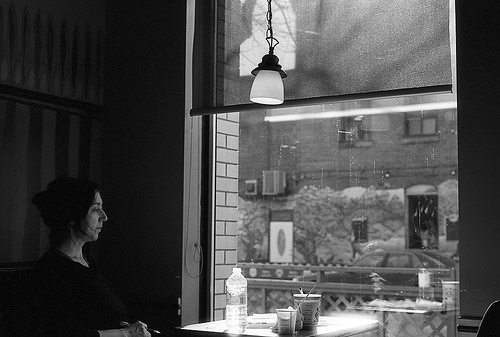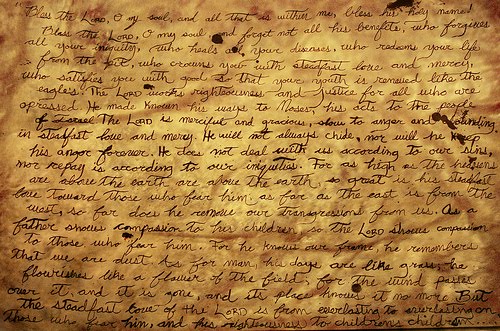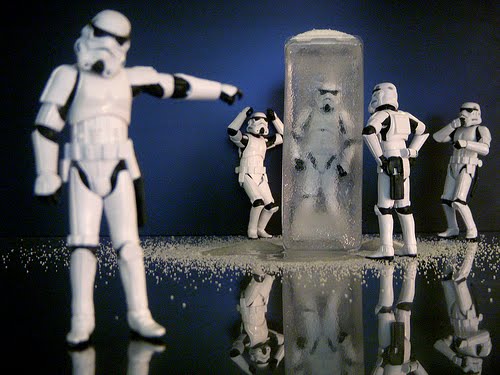The Great Swampy Middle
Well, we're into the second week of NaNoWriMo. That first blush of exuberant confidence is gone and we're into the long uphill slog.That's how I feel at least. The bright-shiny is wearing off and I'm finding it difficult to finish my daytime work and THEN sit and write for another two or three hours for NaNoWriMo.
But I'm going to.
Because I'm a writer.
And writers write.
Neil Gaiman's NaNoWriMo Pep Talk: Find the next word. Write it down. Repeat. Repeat. Repeat.
Just reading Neil Gaiman's prose is an inspiration.
By now you’re probably ready to give up. You’re past that first fine furious rapture when every character and idea is new and entertaining. You’re not yet at the momentous downhill slide to the end, when words and images tumble out of your head sometimes faster than you can get them down on paper. You’re in the middle, a little past the half-way point. The glamour has faded, the magic has gone, your back hurts from all the typing, your family, friends and random email acquaintances have gone from being encouraging or at least accepting to now complaining that they never see you any more—and that even when they do you’re preoccupied and no fun. You don’t know why you started your novel, you no longer remember why you imagined that anyone would want to read it, and you’re pretty sure that even if you finish it it won’t have been worth the time or energy and every time you stop long enough to compare it to the thing that you had in your head when you began—a glittering, brilliant, wonderful novel, in which every word spits fire and burns, a book as good or better than the best book you ever read—it falls so painfully short that you’re pretty sure that it would be a mercy simply to delete the whole thing.I would encourage you to read Neil Gaiman's entire article, I've just quoted from the beginning. You can find it here: Neil Gaiman’s Pep Talk.
Welcome to the club.
That’s how novels get written.
Neil Gaiman is just one of dozens of authors who have written pep talks for NaNoWriMo. You can find them in the NaNoWriMo Pep Talk Archive.
My word count right now is 13,952 and I plan to bring that up to 16,000 by the end of the day. We can do this!! :-)
Other articles you might like:
- How To Earn A Living As A Self-Published Writer- How To Write 10,000 Words A Day
- NaNoWriMo: A Survival Guide
Photo credit: "Contemplation - Dartmoor, Devon" by Janicskovsky under Creative Commons Attribution 2.0.











